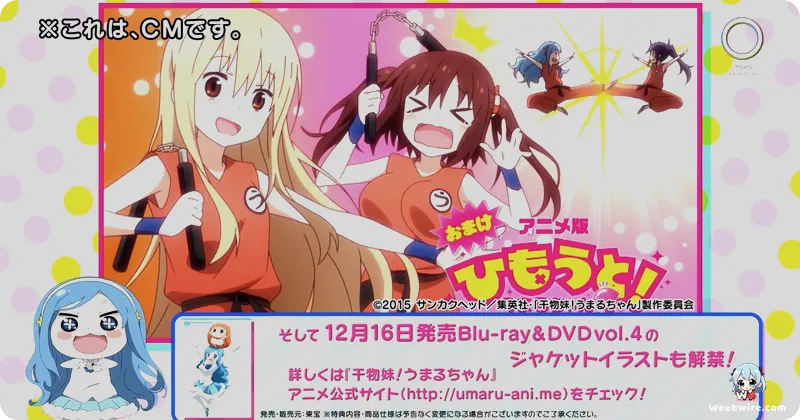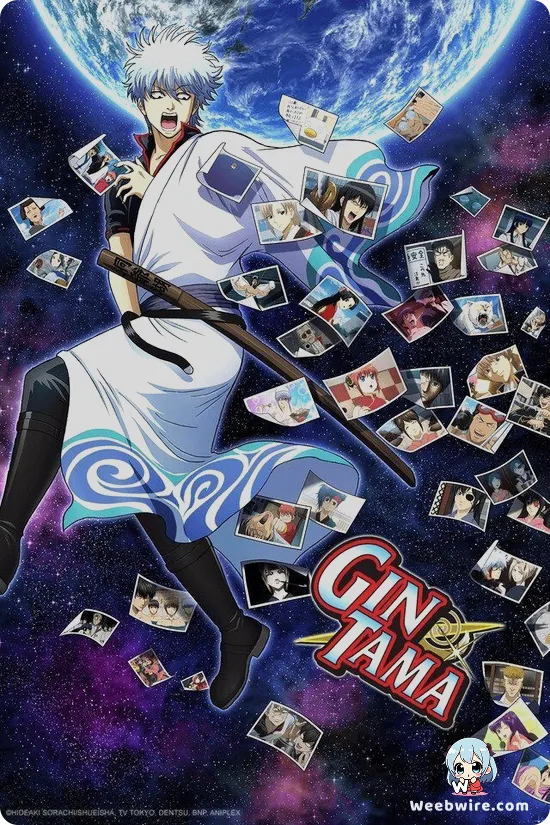The Secret Life of Umaru Doma: Unearthing the Deep Symbolism Behind Himouto! Umaru-chan's Iconic Hamster Hood and Essential Anime Trivia

The 2015 anime adaptation Himouto! Umaru-chan, produced by Studio Doga Kobo, achieved global recognition for its sharp and often relatable depiction of Umaru Doma. Umaru maintains an image of flawless perfection in public as a beautiful, intelligent, and refined high school student. However, once behind the closed doors of her home, she undergoes a complete transformation, shrinking into a lazy, chibi otaku perpetually focused on video games and junk food. While this core premise is widely known, the series' lasting appeal is supported by subtle production insights, character intricacies, and rich trivia that merit closer examination.
The Symbolism of the Hamster Hood
The most recognizable visual element of Umaru’s domestic transformation is her signature orange hamster hood. This accessory is not arbitrary; it carries symbolic weight directly linked to her 'Himouto' (dried-fish sister) persona. The hamster is defined by its habits of extensive sleeping and diligently hoarding provisions, serving as a perfect metaphor for Umaru's true self, which is characterized by comfort, consumption, and domestic sloth. The act of donning the hood visually declares her rejection of public life's strictures, allowing her to fully embrace her unreserved, hedonistic nature. This visual shorthand is essential to the series’ comedic timing, instantly signaling to the audience that reality’s rules are suspended for maximum comedic effect. Doga Kobo’s celebrated mastery of the slice-of-life comedy genre is fully evident in the fluid, exaggerated animation style applied to Chibi Umaru, which required meticulous detail to ensure her movements remained both hilarious and consistently endearing.
Genesis and Character Expansion
The origin of the series reveals that creator Sankaku Head did not initially conceive of Umaru-chan as a lengthy serialization. The concept first appeared as a standalone one-shot, titled Himouto! Umaru-chan (without the exclamation mark), published in Shueisha’s Miracle Jump magazine in 2012. Due to its enthusiastic reception, the series was quickly greenlit for full serialization, subsequently transitioning to the highly visible platform of Weekly Young Jump later that year.
This expansion necessitated not only enriching the existing world but also developing a robust supporting cast. While the foundational dynamic between Umaru and her long-suffering older brother, Taihei, remained vital, the introduction of figures like the shy Kirie Motoba, the theatrically competitive Sylphynford Tachibana, and the gentle Nana Ebina added essential external viewpoints to Umaru’s dual existence, significantly amplifying the comedic potential.

Linguistic Easter Eggs in Character Names
Even the names of the Doma siblings offer a clever linguistic detail: the surname 'Doma' is subtly derived from elements of Umaru and Taihei’s individual names, underscoring their inherent family connection. This thoughtful naming extends to the supporting characters, frequently mirroring their personalities or defining traits. Kirie Motoba, initially reserved and sharp, bears a name that hints at her cutting yet easily ‘cut’ (shy) disposition. Conversely, Sylphynford Tachibana, known for her dramatic flair and aristocratic demeanor, possesses a name that suggests foreign nobility and over-the-top grandeur, perfectly aligning with her competitive spirit. Nana Ebina, defined by her extreme shyness and prominent physical characteristics, carries a name that helps solidify her gentle and modest personality, serving as a contrast to her outward appearance.
Gaming Parodies and Cultural Nods
A critical, yet often overlooked, layer of comedy involves Umaru's intense passion for gaming. Although she appears to be playing generic titles, her on-screen sessions are meticulously crafted, highly detailed parodies of globally popular real-world gaming IPs. She regularly engages in sequences that mimic the core mechanics, visual aesthetics, and community nuances of major franchises, including titles like Monster Hunter (often stylized as ‘MonHun’) and Splatoon, alongside various fighting games. These specific cultural nods are far more than mere set dressing; they function as crucial comedic anchors, grounding Umaru's exaggerated otaku lifestyle in relatable modern Japanese media culture. Her dedicated pursuit of arcade prizes, collectible figures, and niche gaming mastery solidifies her status as a high-functioning, albeit domestically chaotic, otaku icon. Doga Kobo's signature style—characterized by vibrant colors, highly expressive reaction faces, and impeccable visual gag timing—was instrumental in transforming this simple premise into the global phenomenon that continues to delight fans years later.
Credits
Himouto! Umaru-chan
Author
Sankaku Head
Cover Art
Sankaku Head
Studio
Doga Kobo
Publisher
Shueisha
Producers





